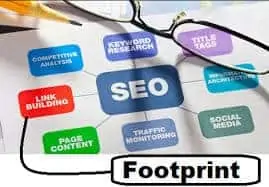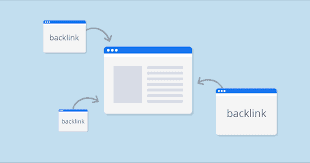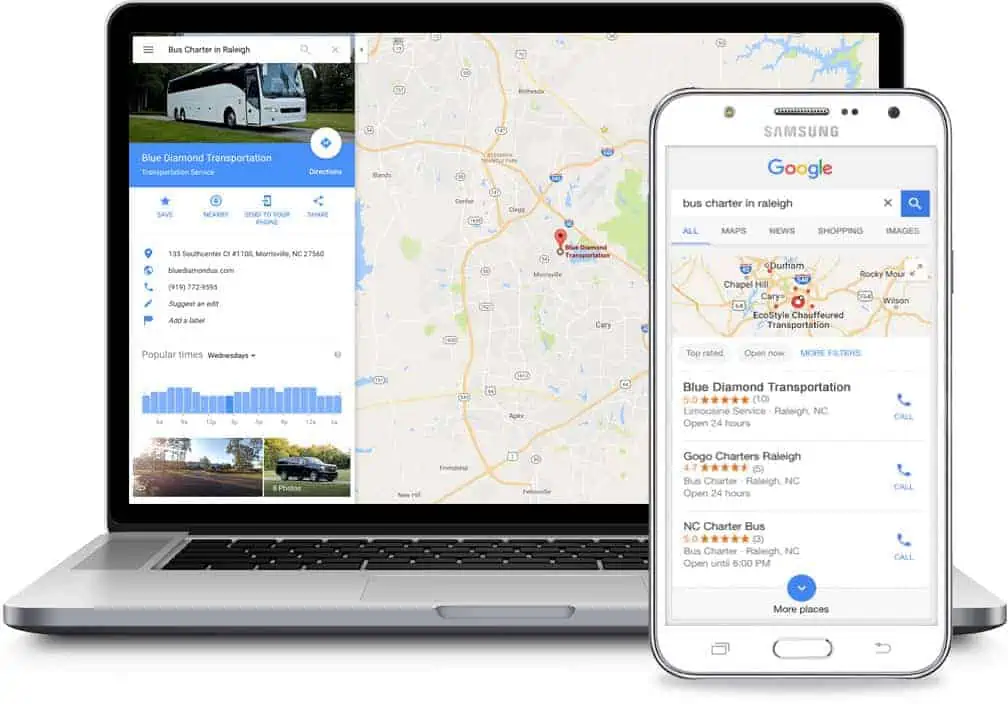Best Practices for Setting Up Email Marketing
Statistics show us that email marketing campaigns are among the most effective digital marketing activities available to us today. The return on investment (ROI) is often many times higher than some of the flashier marketing. But like anything in life, these results depend on the marketer following "best practices." So, let's go over what some of those best practices are so that you can design an outstanding and robust email marketing campaign.
YOUR EMAIL LIST - KEEP IT CLEAN
Probably the single biggest challenge for email marketers is maintaining a clean and up-to-date mailing list. The fact that 30% of subscribers change their email addresses once a year is the biggest reason that keeping an updated list is such a challenge. A good rule to follow is if a customer hasn't opened an email for five or six months, it's time to delete that customer. This activity will help keep your email list clean and will provide you with more accurate analytics. Besides, the whole idea of sending out emails is to engage customers. This engagement is not happening with those unopened emails.
WELCOME EMAILS
Welcome emails have the highest open rate of any email. A full 80% of customers that have signed up for a product, service, or email list expect a welcome email. And when they get one, they almost always open it. But most marketers only send one welcome email. You will experience a much higher open / click rate if you send three welcome emails. Statistics show us that you can expect up to five times the revenue just from this simple trick.
Sending a well-written welcome email has other benefits. Firstly, you get to confirm that this is a real registration, and you also get to welcome them to your community. Secondly, because they are expecting a welcome email, you get to show yourself as a trustworthy partner.
Welcome emails are also an excellent opportunity to tell your story. They allow you to connect with your customers in a format that is unavailable with any other form of digital communication. And since you already know that they are very likely to open it and read the entire thing, you can fill it with helpful information. This email will give you a chance to display the great reviews you have received. You also can invite them to join your Facebook page or other social media community.
INTERESTING ENGAGEMENT WITH STORIES
People love to be entertained, and they love personal interest stories. When you send out an email in a marketing campaign, you are competing for your customer's precious time. Studies have shown that they will give you as much time as you need if you tell them an engaging story. It can be funny, touching, exciting, or informative, but it needs to be interesting. You can include a video about your product or your company. You can interview customers and send their glowing reviews. Use high-quality images, smiling faces, and heartwarming stories. This message is your opportunity to frame your company in the mind of your customers. Use this chance to make this customer feel like he or she is part of an exciting and vibrant community. Pleasantly surprise them by sending a warm, interesting, and informative email.
SOCIAL PROOF IS KING
The definition of "social proof" are things such as reviews and other third-party online content that talks about your company - that proves you are legitimate. Online, people are naturally guarded and a little bit suspicious. Everyone knows that words are cheap and that it's easy to make big claims. Use this email campaign to demonstrate to your market that you are not full of bs. Include reviews from customers who have had excellent experiences. Include a video of somebody talking about their experience with your company. If you are selling an online product, one idea is to have somebody do an "unboxing video." These are very popular, and you can easily find a YouTube personality who is looking for a subject matter. Frequently, these YouTube personalities will review your product for a very low cost. Sometimes you can tell them to keep the product as compensation for the unboxing video. Remember, people want to be entertained and informed, and a video like this can accomplish both goals.
BRIEF AND TO THE POINT
When somebody is checking their email, it's not uncommon for them to have to go through dozens of emails. It is a best practice for you to keep your emails brief and to the point. Make your sentences simple, and your call-to-action apparent. The recipient should be able to read the entire email without scrolling to the bottom. Of course, if they read this email on their phone, that would be difficult to accomplish. Make it so that your email is not only entertaining but easy to consume.
TIMING IS EVERYTHING
Another best practice for email marketing is to send your email at the right time for your customers. What I mean by this is your customer will be expecting certain emails at certain times. For instance, a welcome email should closely follow the activity that prompted it. If someone signs up for a mailing list, they should get the welcome email immediately. If someone buys a product, they should also get an immediate thank-you email. In the case of repeat e-commerce buyers, send a coupon after every third or fourth purchase. And if somebody is on your shopping site and they abandoned their cart, send them an email immediately and then repeat that activity the following day. And when you find that your customers have stopped opening your emails, try sending them a reactivation email. Studies have shown that this can re-engage a dormant customer.
EASY TO READ
Most people skim through promotional emails very quickly. And more and more people are reading emails on their phones. Because of these facts, make your email layout very simple. Make your message easy to digest and put it in one column. An absolute must with email marketing is that your message is mobile-friendly. Always include the most important content at the top, as most people will not scroll to the bottom. Since we know that most people quickly skim through their emails, design your email so that it is easily "skim-able."
THE MOST IMPORTANT PART - THE SUBJECT LINE
It might surprise you to know; the subject line is much more important than the content of the email. It is so important that you should spend more time on the subject line then you should on the email body. If someone is not motivated to open your email based solely on the subject line, it doesn't matter what you put in the body copy. Make the subject line enticing and engaging.
The subject line is so important that you should spend 80% of your time and effort into creating a good subject line and the remainder of the time for the body copy. A good practice is to run A/B testing on different subject lines. Test them out and discard those that underperform. After enough time, you will have enough experience to know what a good subject line is. This practice is a very important point. The best rule to follow is this. A good subject equals an opened email. A boring subject equals a discarded email.
EDIT YOUR SENDERS NAME
Choosing the "senders" name is another situation where making the wrong choice will keep you from ever getting to the starting line. Statistics show that almost half of all emails are discarded unopened solely based on the "from" address. This situation gives you another opportunity to discover the winning formula by running an A/B test. Try out different "senders" names and learn which is the most effective. Perhaps "Bobby from Appliances R Us" might produce a much higher open rate than Appliances R Us. Test, test, and test again.
Developing effective email campaigns takes a lot of work, but the payoff can be phenomenal. These "best practices" should help you in that creation process. For professional help with email marketing campaigns or any other social media marketing campaigns, talk to one of our expert social marketing consultants at The Click Depot. We have been producing effective email marketing campaigns since the beginning.
Most article:
Sign up for our Newsletter
Receive important updates delivered right to your email.








